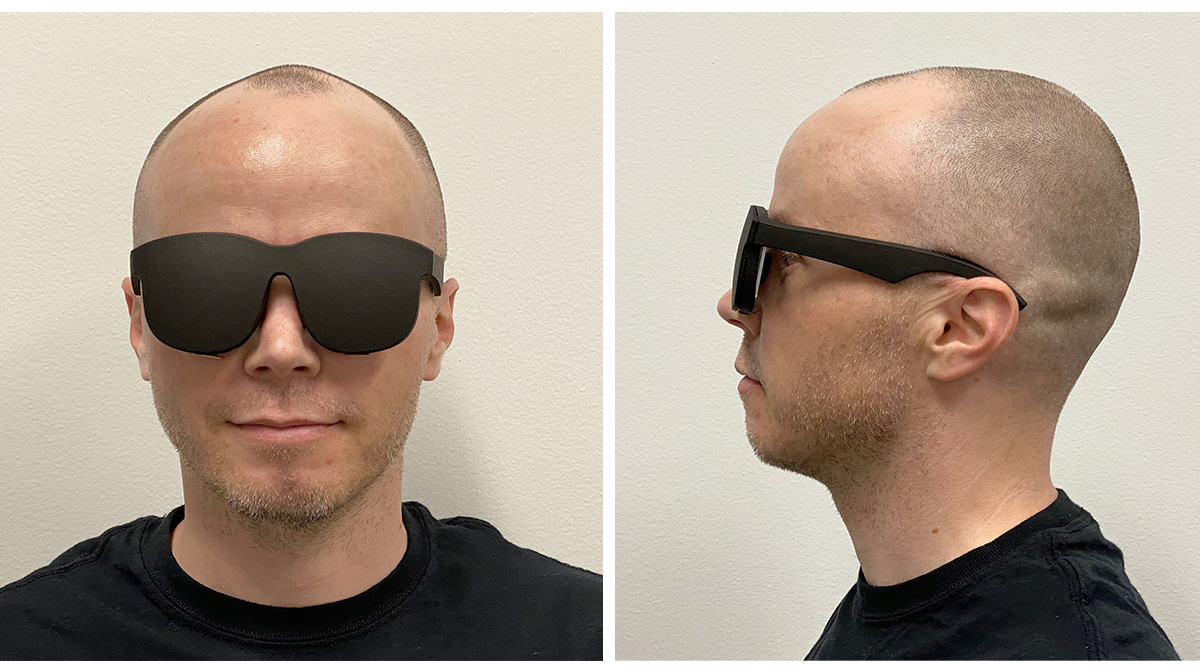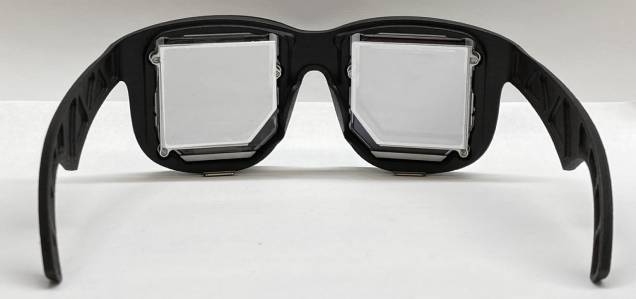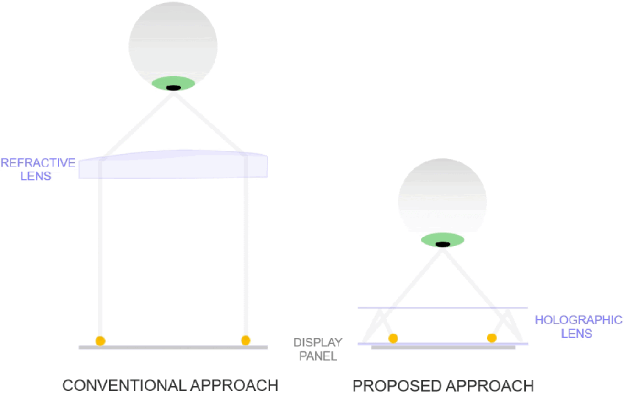Facebook Develops Holographic Optics for Lightweight VR Experience
Facebook is all set to present a more compact and lightweight optical architecture that promises enhanced performance to its users.
Facebook has always been at the top of its game when it comes to expanding the horizons of virtual reality. They have attempted and worked towards improving the optical performance, form factor, and comfort of new and innovative VR gadgets.
At the virtual SIGGRAPH conference this year, a team of researchers at Facebook is all set to present a more compact and lightweight optical architecture that promises enhanced performance to its users.

Lead researchers Junren Wang and Andrew Maimone have developed near-eye displays as a part of their work titled, “Holographic Optics for Thin and Lightweight Virtual Reality.” These displays boast of polarization-based optical folding and holographic optics. It is expected that this approach could potentially help in developing VR sunglasses in the future.
The best part about this new technique is that it allows the optics to be super thin while using the allocated space in the most efficient manner. Hence, Facebook anticipates comfortable and extremely lightweight form factors using which users can experience extended VR sessions with ease.

Facebook has also released a video showcasing its proof-of-concept research and design of these holographic optics. As is evident from the video, thin films are used as optics so that the resulting display thickness is less than 9 mm. This entire work is incredibly promising as it is expected to offer better visual performance to users within a large gamut of VR display colors.
The wide color gamut is the result of applying holographic optics to VR displays. This particular approach enables the reproduction of saturated and vivid colors for the ultimate viewing experience. In addition to that, the overall weight and size of a VR display are also significantly reduced by the combination of two techniques – polarization-based optical folding and holographic optics.

The future of virtual reality looks extremely promising as we can look forward to the development of high-performance, comfortable, and lightweight VR technology. Although this work by Facebook is completely research-oriented at present, the architecture and the approach presented in the technical paper look considerably practical to design high-performance VR devices in the near future.




 AR
AR VR
VR